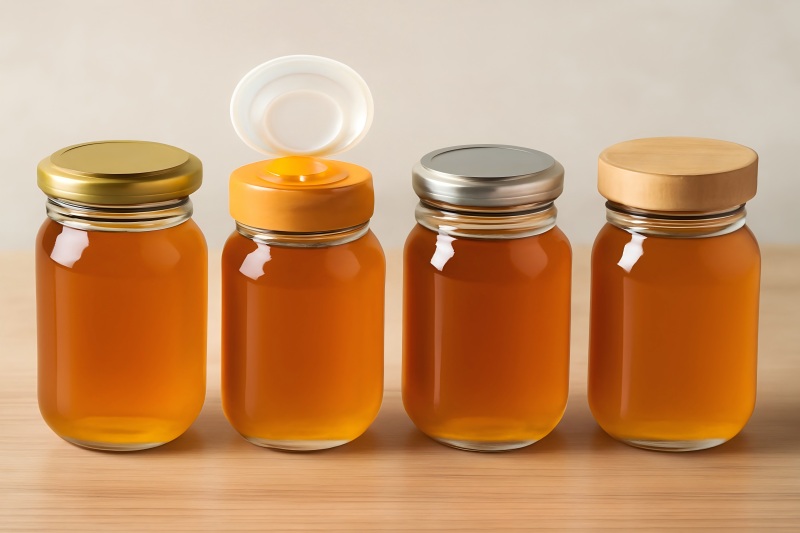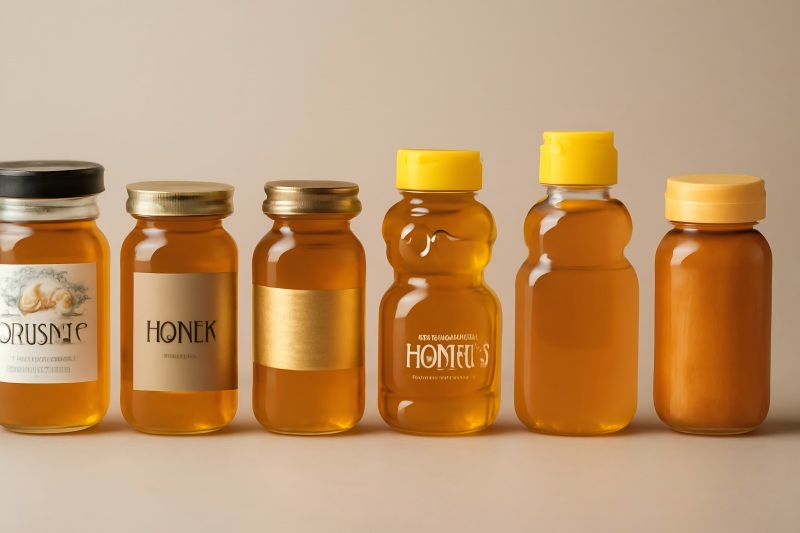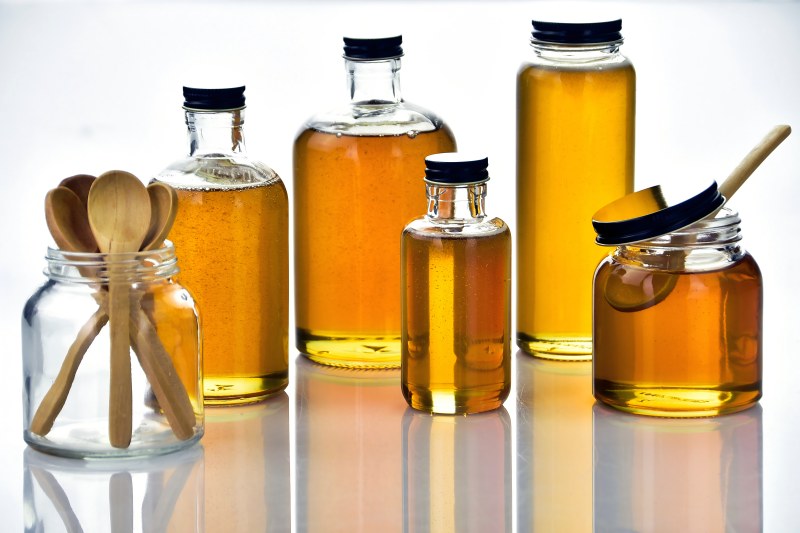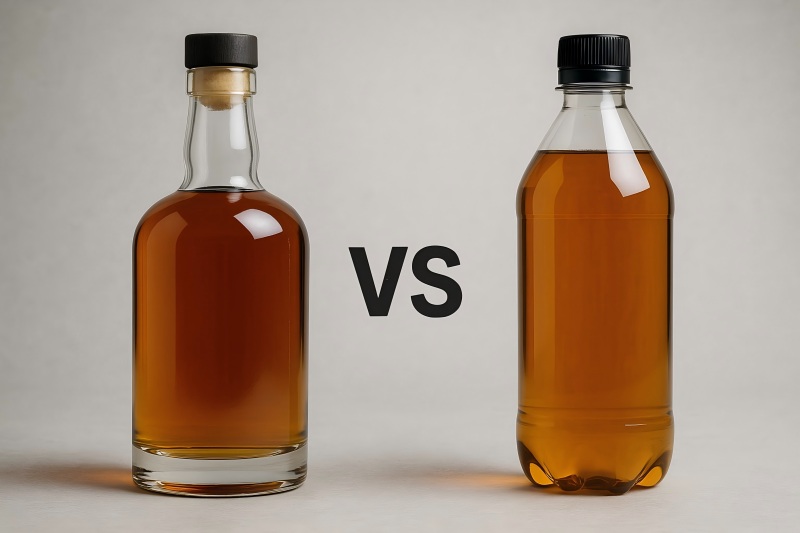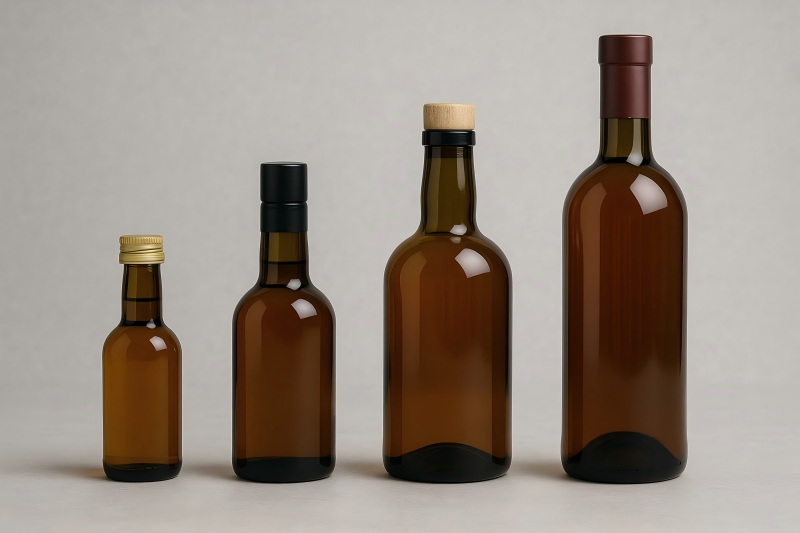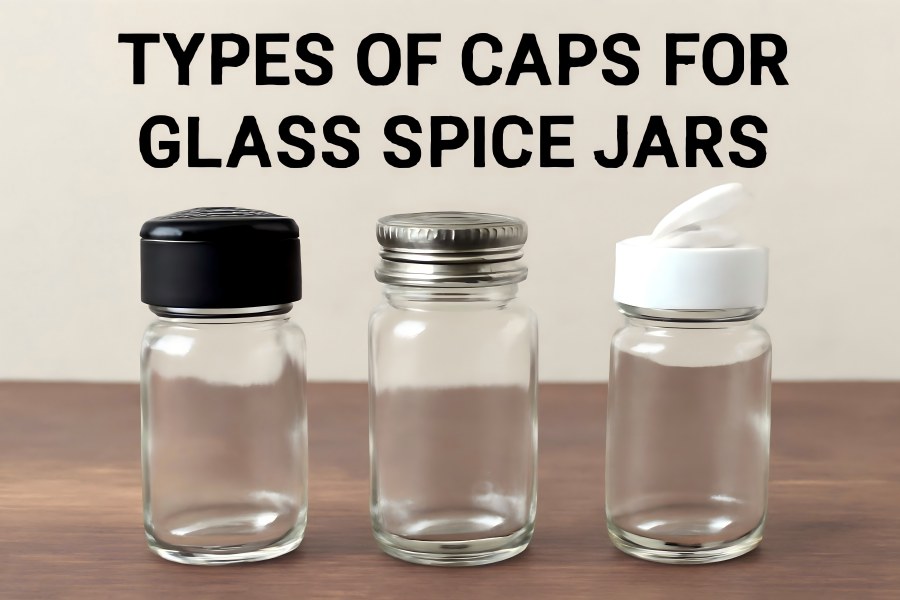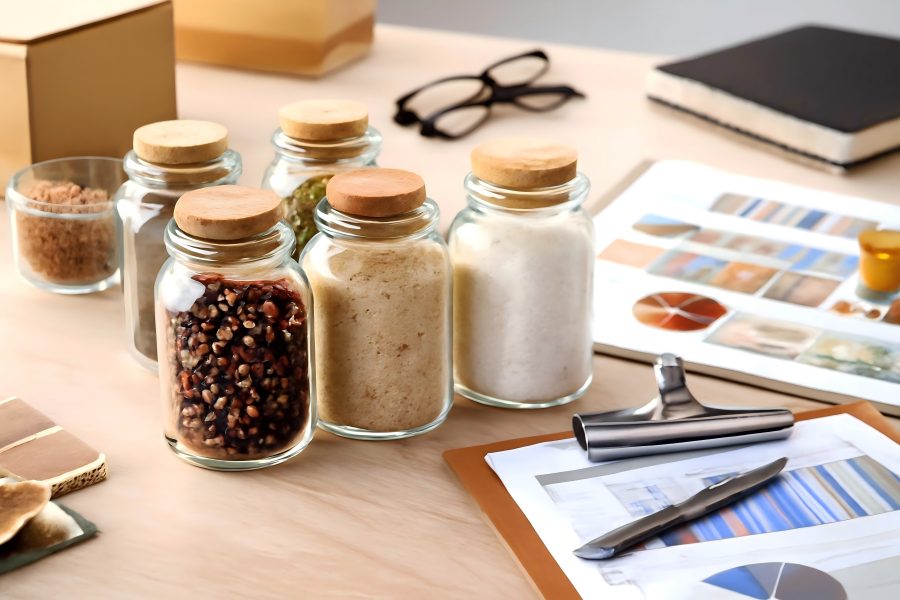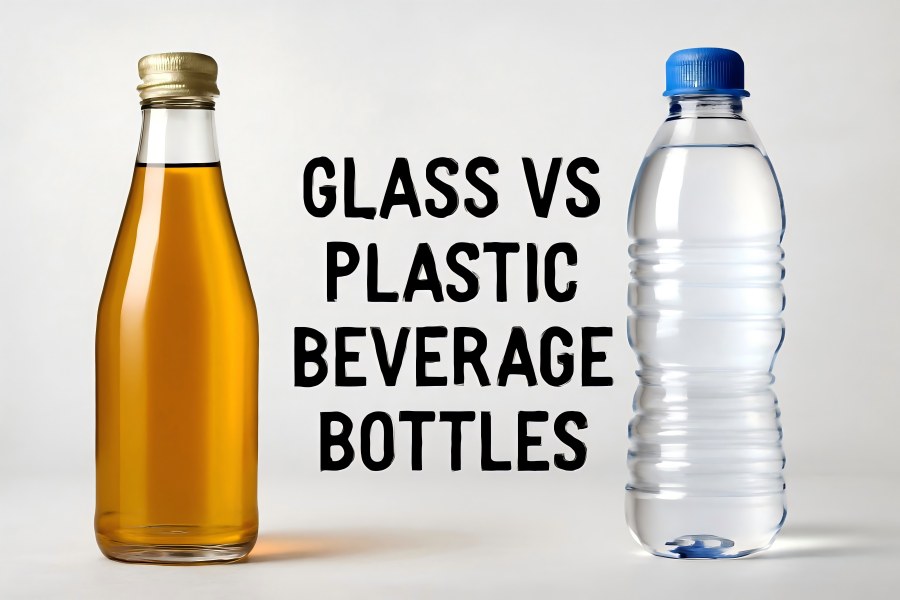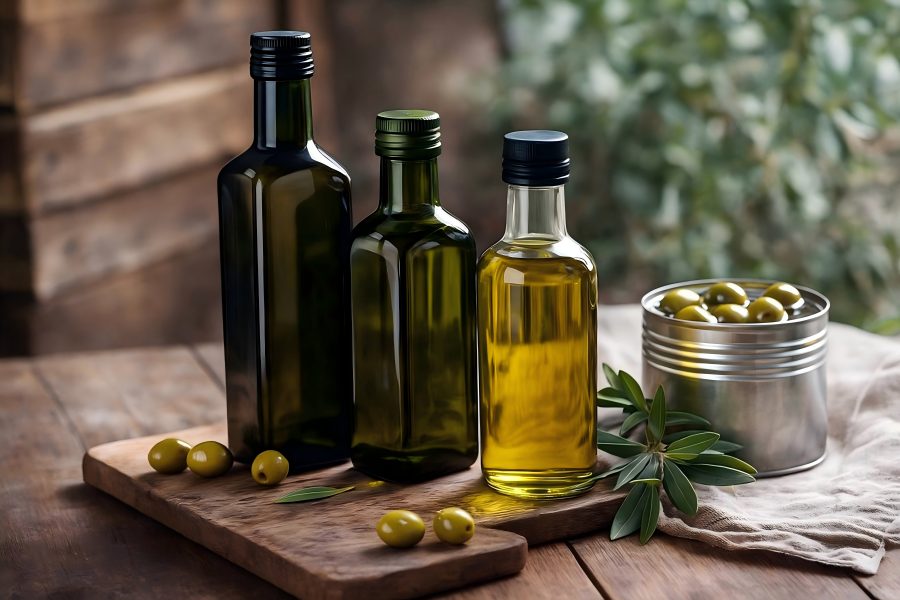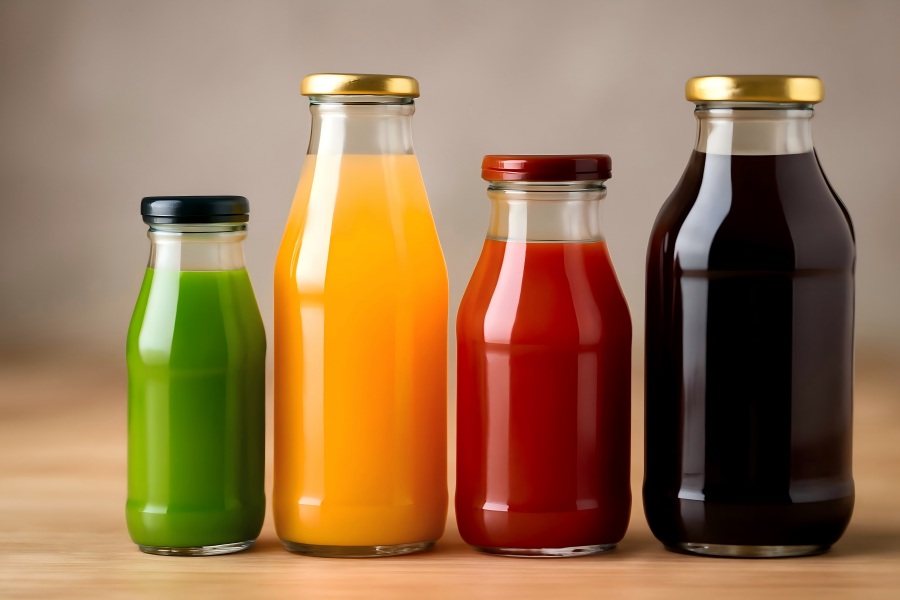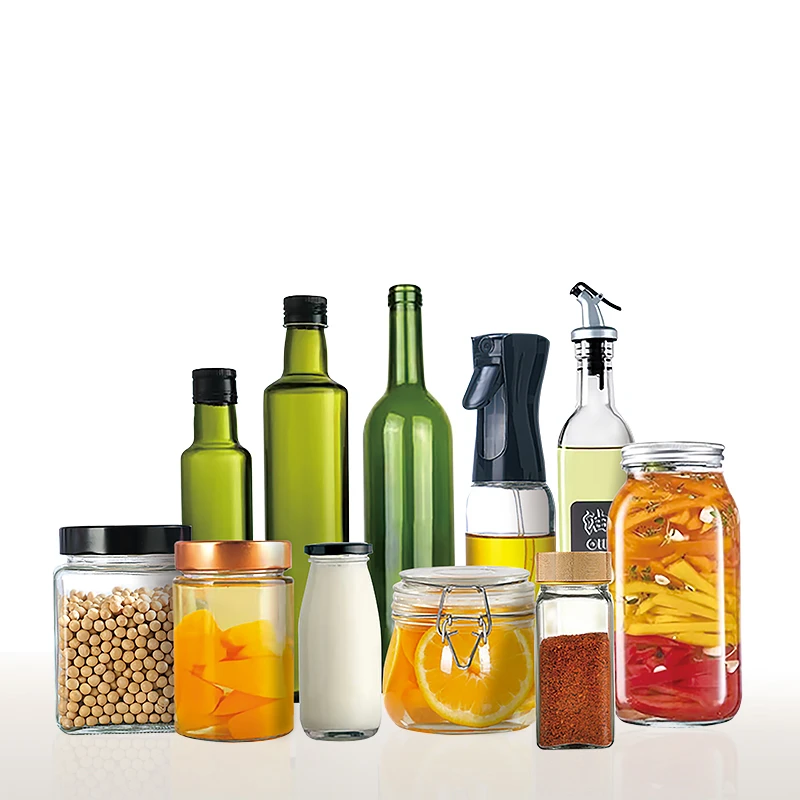A Complete Guide to Choosing the Right Size of Wholesale Glass Spice Jars
Glass spice jars are ubiquitous in kitchens, specialty food stores, health food shops, and artisanal spice brands. But selecting the “right” size for a wholesale order is not trivial — the size you choose affects product aesthetics, cost per unit, shipping costs, usability, consumer perception, shelf layout, refilling frequency, and more.
Key dimensions we will cover:
- Capacity / Volume (e.g., in milliliters or fluid ounces)
- Jar body dimensions (height, diameter, shape)
- Neck/mouth/finish dimensions (which determine lid compatibility)
- Weight and wall thickness
- Logistics & cost trade-offs
By the end, you’ll be able to balance aesthetic, functional, and economic factors to decide which sizes to carry.
Why Size Choice Matters
Here are the main reasons why jar size is a critical strategic decision:
Consumer usability & perception
- Too small jars need constant refills; too large ones feel excessive for typical users.
- Clear glass jars reveal the product; if the jar is largely empty, it may look underfilled or unappealing.
Cost efficiency
- Bulk pricing often favors larger sizes (less cost per mL of capacity), but glass thickness, shape, and lid type also add cost.
- Smaller jars have proportionally higher fixed costs (labeling, filling, lids).
Shipping & logistics
Cubic volume and weight affect freight cost. Larger jars may require special packing, more void space, or higher breakage risk.
Shelf layout & retail display
- Retailers want jars that organize neatly — too tall or wide jars may waste shelf space.
- Uniform jar heights or consistent diameters make display visually appealing.
Refill frequency
- For high-use spices (e.g. salt, pepper, turmeric), a moderate-to-large jar ensures users don’t constantly need refilling.
- For specialty or rare spices (used less frequently), smaller jars may suffice.
Regulatory or labeling constraints
- Some markets require net weight statements or fill lines; smaller jars with thick walls may reduce “usable capacity.”
- Given these trade-offs, most sellers choose a range of sizes rather than a single universal size.
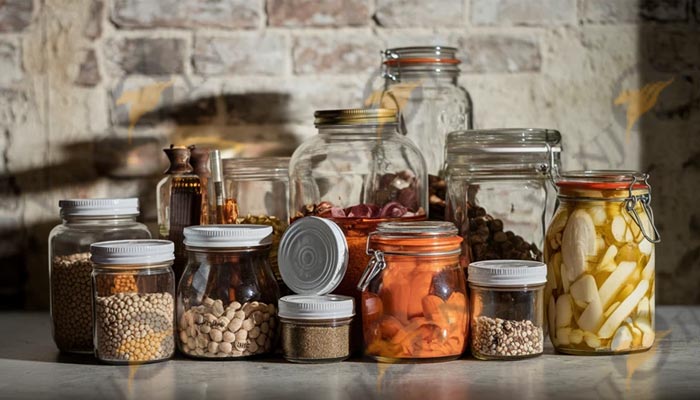
Common Standard Sizes & Use-Case Mapping
Here’s a table summarizing common glass spice jar capacities, approximate dimensions, and typical use cases. (These are illustrative; actual products may differ by manufacturer and style.)
| Capacity (mL / fl oz) | Typical Diameter × Height* | Use Cases / Spice Types |
| ~ 30 mL / 1 oz | ~ 35–40 mm × 60–70 mm | Very rare spices, blends, sample sets, gift / sampler jars |
| ~ 60 mL / 2 oz | ~ 45 mm × 70–85 mm | Sample jars, small batch blends, exotic spices |
| ~ 120 mL / 4 oz | ~ 50–55 mm × 90–100 mm | Everyday spices (e.g. cumin, paprika) |
| ~ 180 mL / 6 oz | ~ 60 mm × 100–110 mm | Medium consumption spices (e.g. oregano, coriander) |
| ~ 240 mL / 8 oz | ~ 65–70 mm × 110–120 mm | Bulk spices, frequently used spices |
| ~ 350 mL / 12 oz | ~ 75 mm × 120–140 mm | Kitchen refills, large spice sets |
| ~ 500 mL / 16–18 oz | ~ 80–85 mm × 140–160 mm | Bulk, multi usage jars (e.g. salt, turmeric) |
From industry sources, glass jar wholesalers offer sizes ranging from as small as 0.15 oz up to 1 gallon (≈ 3,785 mL).
In practice, for a spice business, most portfolios gravitate around the 4 oz (120 mL) to 8 oz (240 mL) range for primary SKUs, with smaller and larger sizes as niche or specialty options.
Key Dimensions & Terminology
It’s not enough to pick “8 oz glass jar” — you also must consider these key parameters:
| Term | Definition | Why It Matters |
| Finish / Neck / Thread / Lid Size | The diameter and thread type at jar opening (e.g. 43–400, 58–400, 70–415) | Determines which lids or closures fit; mismatch is costly. |
| Inner diameter (ID) of mouth | Opening inside the rim | Affects how easily contents (e.g. scoops, spoons) can be inserted |
| Outer diameter (OD) of mouth/skirt | Diameter including threads | Affects how much lid material is needed and how jars pack side by side |
| Shoulder/body diameter | Widest part of jar body | Determines display footprint and shelf spacing |
| Height / total height | From base to rim | Impacts stacking, shelf clearance, and filling machinery limits |
| Wall thickness & weight | Physical strength and durability | Thicker walls reduce breakage but increase cost and weight |
| Weight per jar | Empty jar weight | Critical in shipping cost and calculating pallet load capacity |
Measuring jars and lids correctly is crucial. One guide explains how to take lid/jar finish measurements in mm, whether the finish is continuous-thread or lug closure types.
Also, the thread/finish system (e.g. CT / continuous thread, lug closures) influences sealing, cost, and compatibility.
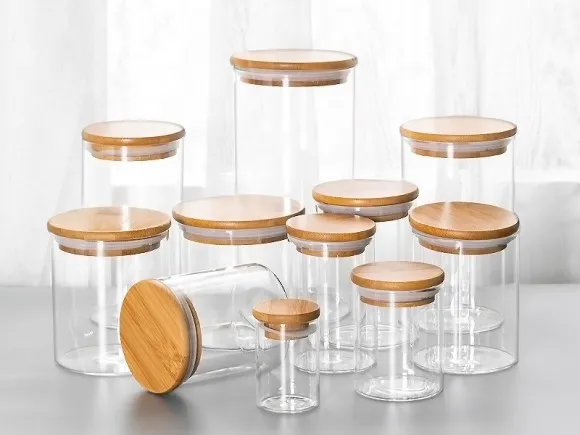
Step-by-Step Decision Framework for Wholesale Purchase
Here is a recommended workflow to choose your size(s):
Analyze your spice usage profiles
Make a list of all the spices/blends you intend to bottle and estimate:
- Expected annual sales volume (kg or lbs) per SKU
- Monthly sales rate (how fast it moves)
- Typical usage per customer (how many grams or mL they consume)
Spices with high turnover (e.g. black pepper, salt, turmeric, chili powder) can justify larger jars. Low-volume spices (e.g. saffron, exotic blends) are better suited to smaller jars.
Pick a core size range
From your usage profiles, choose a core “sweet spot” for your mass SKUs. For example:
- Core sizes: 4 oz, 6 oz, 8 oz
- Use 2 oz for sampler or premium options
- Use 12 oz or 16 oz for value/family packs
This approach lets you manage inventory, tooling, and supplier relationships more easily.
Consult with potential glass jar suppliers
Request datasheets that include:
- Volume tolerances (e.g. ± 1 mL)
- Full dimension drawings (height, diameters, neck finish)
- Weight per jar
- Lid/closure compatibility
- Price tiers (per piece vs bulk)
- Minimum order quantities (MOQs) and availability
For example, The Cary Company offers paragon, economy, and French square jars, and lists typical capacities and pricing options.
Run cost, shipping & packaging simulations
For each candidate jar size:
- Estimate material cost per usable mL (jar + lid + liner)
- Estimate shipping cost (weight × volume × fragility allowance)
- Estimate protective packaging needs (e.g. carton inserts, bubble wrap)
- Estimate breakage risk (heavier jars are more brittle)
Express it as cost per filled jar and cost per mL to compare sizes.
Verify fill line, headspace, and labeling constraints
- Leave adequate headspace (air gap) in the jar to allow for settling or thermal expansion.
- Confirm that your labeling artwork fits the jar’s body geometry.
- Ensure that the fill line / net weight labeling is accurate for the size chosen.
Order samples and run a pilot run
Before committing large quantities, request a sample order (e.g. 100–200 units) and do:
- Hand-fill test for ease, spillage, consistency
- Storage test (lid tightness over time)
- Drop/vibration test for breakage
- Display test: side-by-side in your shelf or intended display
Monitor and iterate over time
Once in use, track real-world performance:
- Which SKUs get refilled earliest? That suggests jar is too small
- Which SKUs have leftover largely unused portions? Jar may be overkill
- Feedback from customers or retailers about jar usability or breakage
- Cost trends from suppliers (maybe a newer size becomes more economical)
Adjust your next season’s order sizes accordingly.
Comparative Cost & Efficiency Table
Here’s a hypothetical illustration comparing three jar sizes for a particular spice SKU (e.g. cumin powder). These figures are examples only; real-world costs will vary depending on suppliers and conditions.
| Jar Size | Capacity | Jar + Lid Cost | Packaging + Shipping Cost | Total Cost per Filled Jar | Cost per mL | Relative Inventory Units per kg of Spice |
| 120 mL | 120 mL | $0.50 | $0.20 | $0.70 | $0.0058 / mL | 8.33 jars per 1 kg |
| 180 mL | 180 mL | $0.65 | $0.25 | $0.90 | $0.0050 / mL | 5.56 jars per 1 kg |
| 240 mL | 240 mL | $0.80 | $0.30 | $1.10 | $0.0046 / mL | 4.17 jars per 1 kg |
From this table, one might see that although the 240 mL jar costs more per unit, the cost per mL is lower, making it more efficient for high-use spices. However, you’ll have fewer SKUs per kg of spice (i.e. fewer jars, meaning less flexibility in packaging smaller quantities).
You’d weigh that against shelf space, consumer preferences, and breakage risk.
Handling Jar Shapes, Dimensions & Space Utilization
Jar shape and dimensions can influence capacity efficiency and shelf layout.
- Straight-sided jars (cylindrical) often maximize capacity for given diameter.
- Square, hexagonal, or “French square” jars can pack more efficiently on shelves or in boxes (less wasted space between).
- Tapered shoulder jars sometimes look more elegant but waste more headspace.
When planning shelf display, height uniformity matters: jars that are too tall relative to others disrupt visual harmony.
Closure/Lid Considerations Linked to Size
Jar size often correlates with closure type:
- Common closure finishes: 43–400, 48–400, 53–400, 58–400, 70–400 / 70–450 (typical for food jars)
- For smaller jars (30–60 mL), closures are often 33–400 or 48–400 size
- Larger jars (e.g. 500 mL or more) may prefer broader threads (70 mm range) for stability and sealing.
- Lug closures (twist-off) vs Continuous-thread (screw) — for food items, continuous-thread offers easier reusability.
Make sure the lid you choose (with liner) is rated for food contact, provides an airtight seal, and fits the finish spec exactly.
Recommendations
- Don’t pick a single universal jar size — go for a small portfolio (e.g. 2–4 sizes) that covers low-, mid-, and high-volume SKUs.
- Center your “sweet spot” on sizes between 4 oz and 8 oz, which balance usability, cost, and shelf fit.
- Always verify dimensions, finish, weight, and lid compatibility — label requirements and fill lines depend on these specifications.
- Simulate costs and logistics — use per-mL cost and shipping cost comparisons to choose wisely.
- Prototype and test before placing large orders.
- Iterate based on real usage feedback — over time, you’ll refine your size mix to best suit your market.

